Lakshadweep, a union territory of India, is a group of islands scattered over 30,000 square miles of the Arabian Sea off the southwestern coast of India. The name Lakshadweep means “Hundred Thousand Islands” in the Malayalam language and Sanskrit. The islands are small, with almost all the inhabited islands being coral atolls. The climate in Lakshadweep generally ranges from about 70 °F to nearly 90 °F throughout the year. The islands are rich in plant and animal life, including coconut palms, sharks, bonitos, octopuses, crabs, and various water birds.
Exploring Lakshadweep: India’s Tropical Archipelago
Lakshadweep, a group of breathtaking tropical islands, is nestled in the Arabian Sea. Its geography presents a picture of isolation, with pristine beaches, crystal-clear waters, and vibrant coral reefs, making it a paradise for nature enthusiasts and adventure seekers alike.
The Geography of Isolation
Lakshadweep is composed of 36 atolls and coral reefs, boasting a total of 12 inhabited islands and 20 uninhabited ones. The archipelago is renowned for its remote location, with each island exuding an aura of unspoiled beauty and tranquility. The absence of commercialization and urbanization adds to the allure of this marine wonderland, attracting visitors seeking a serene getaway amidst nature’s marvels.
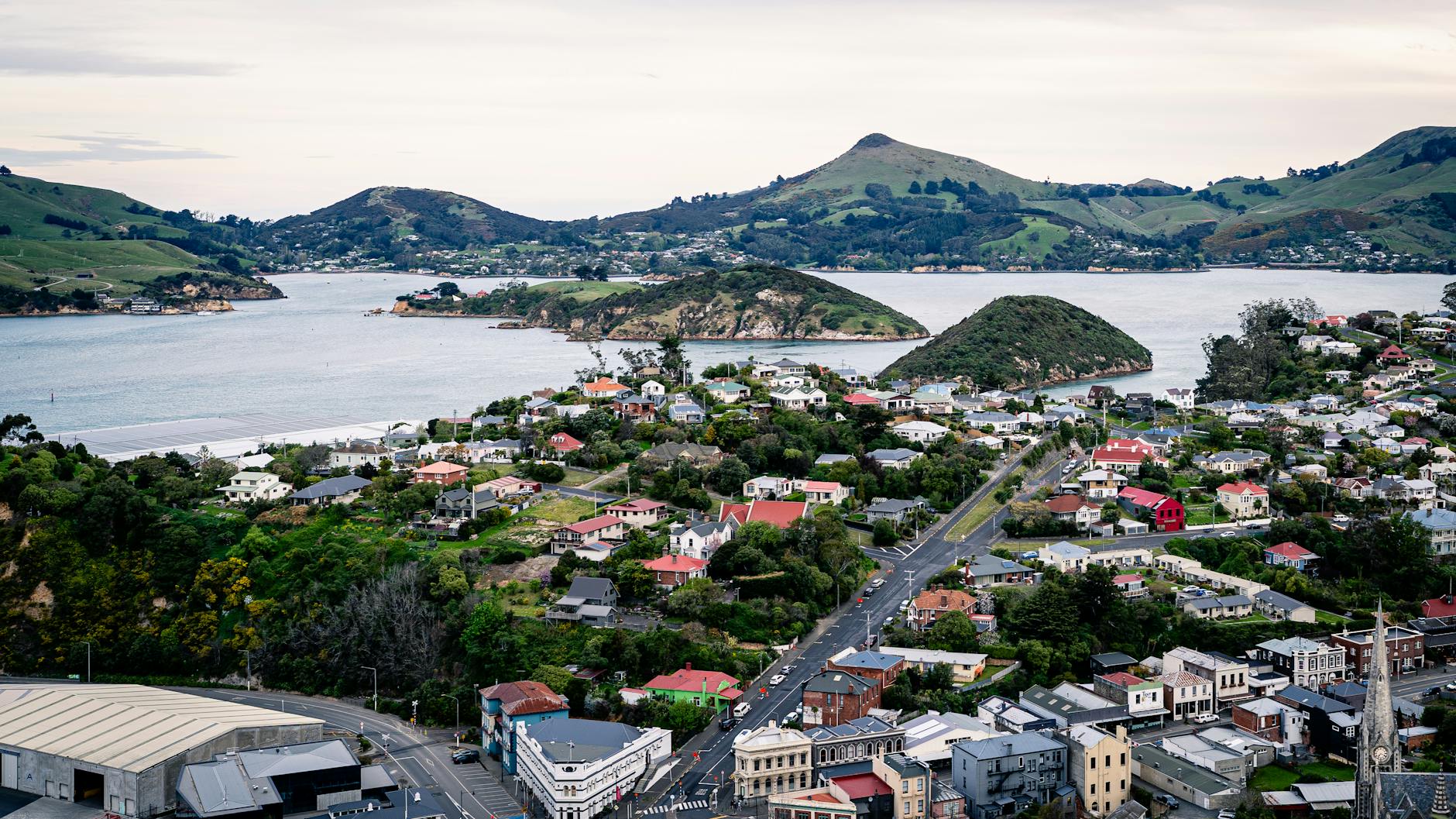 Photo by Henry Han
Photo by Henry Han
The Meaning Behind the Name
The name “Lakshadweep” translates to “a hundred thousand islands” in Sanskrit, although the actual number of islands is far fewer. This discrepancy arises from the historical perspective of the islands, where the term “Laksha” denoted “one hundred thousand” in an ancient language, possibly referring to the vast expanse of the archipelago. The name encapsulates the mystique and allure of these enchanting islands, beckoning travelers to uncover their hidden treasures and natural splendor.
The geographical isolation and intriguing etymology of Lakshadweep make it a compelling destination for those yearning to explore uncharted territories and delve into the captivating narratives woven into the fabric of these tropical gems.
The Formation and Features of Lakshadweep Islands
Lakshadweep is a group of islands in the Arabian Sea off the southwestern coast of India. The islands are known for their breathtaking coral atolls and lagoons, making them a unique and picturesque destination.
Coral Atolls and Lagoons
Most of the inhabited islands in Lakshadweep are coral atolls, characterized by low-lying lagoons on the western sides that protect the inhabitants from the southwest monsoon. The higher eastern sides of the islands are more suitable for human habitation. These coral atolls and lagoons not only contribute to the beauty of the islands but also play a crucial role in the lives of the islanders, providing protection and resources.
Minicoy to Amindivi
The principal islands in the Lakshadweep territory are Minicoy and those in the Amindivi group. Minicoy Island stands as the southernmost island, while the Amindivis are the northernmost islands of the group. Each island offers its own distinct charm and cultural significance, adding diversity to the archipelago.
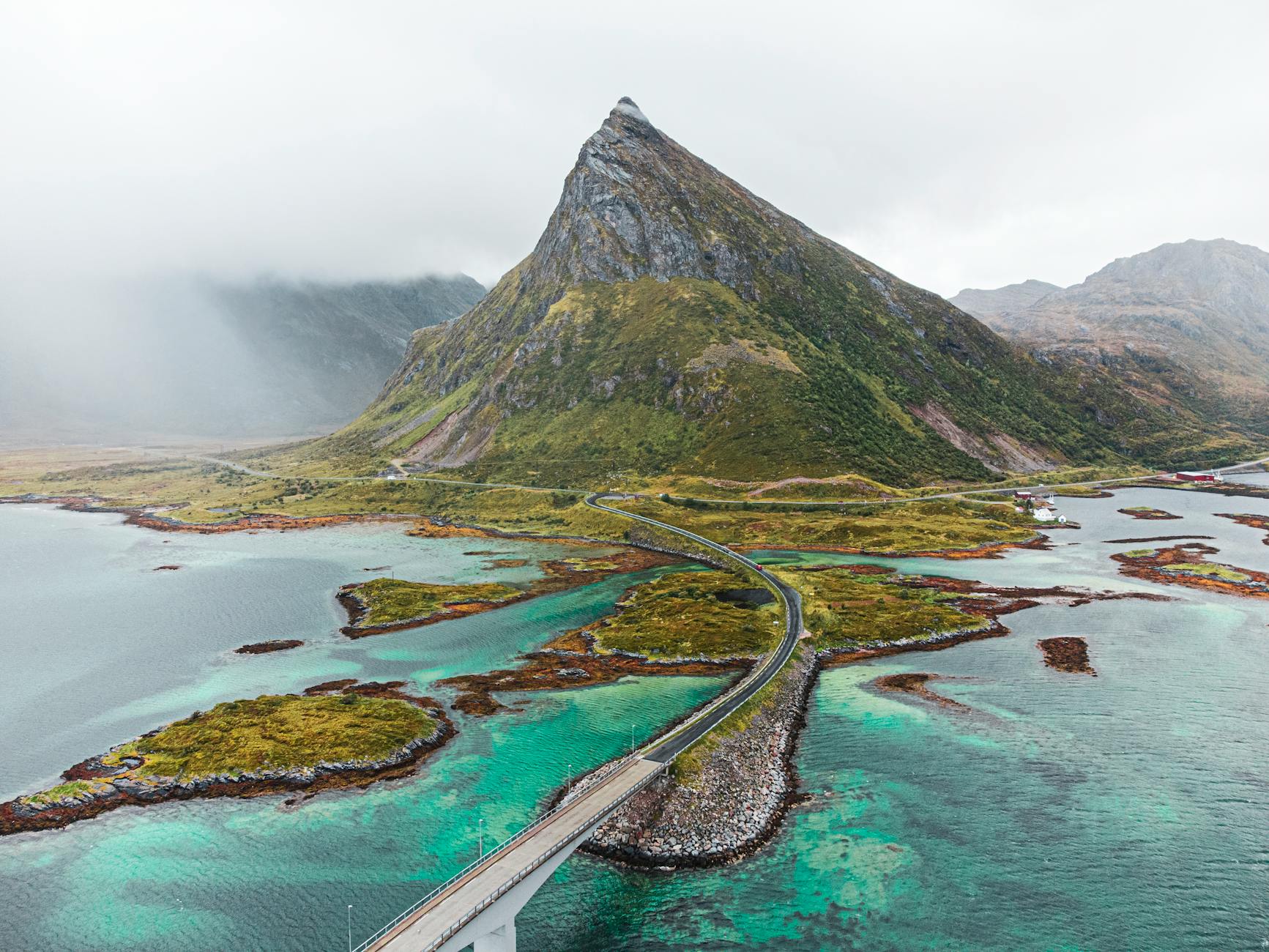 Photo by op23
Photo by op23
The Climate and Weather Patterns of Lakshadweep
In the tropical paradise of Lakshadweep, the climate remains consistently hot throughout the year, with a discernible dry season from December to April and a wet season from May to November. The territory consists of the Amindivi Islands in the north, the Laccadive Islands in the center, and the island of Minicoy in the south. The capital is Kavaratti.
Temperatures and Seasonal Changes
The temperatures in Lakshadweep remain relatively steady year-round, with the hottest period occurring just before the onset of the rainy season, from March to May. The average temperatures in Minicoy, the southernmost island, range from around 23.3°C (74°F) in January to approximately 26.2°C (79°F) in May, the tropical climate making it an ideal destination for beach enthusiasts and water sports aficionados.
Monsoons and Cyclones
Lakshadweep experiences an annual rainfall of 1,500 to 2,000 mm (60 to 80 in), with the rainy season typically commencing in May, slightly earlier in the southern region of Minicoy. The wettest months, especially in the northern area, are June and July, characterized by monsoon-like downpours. The precipitation gradually diminishes by November, with December witnessing sparse rainfall. Moreover, the islands lie in the trajectory of tropical cyclones, with the peak cyclone activity occurring from late April to early June and in October-November. Notably, during the monsoon period from July to September, cyclones are less likely to form in this southern region.
 Photo by Asad Photo Maldives
Photo by Asad Photo Maldives
Flora and Fauna: The Natural Inhabitants of Lakshadweep
Lakshadweep, an archipelago of 36 islands, is home to a diverse range of flora and fauna, both on land and in the surrounding marine ecosystem. The islands are characterized by their unique and delicate ecological balance, offering a rich tapestry of natural wonders waiting to be explored.
From Coconut Palms to Pandani
The islands of Lakshadweep are adorned with lush greenery, dominated by coconut palms, which are an iconic feature of the landscape. These palms not only contribute to the scenic beauty but also play a vital role in the livelihood of the islanders, providing them with a source of food, shelter, and livelihood.
The Pandani (Pandanus) trees also add to the natural splendor of the islands, with their distinctive prop roots and spiky leaves. These unique trees are integral to the ecosystem, offering habitats for various species of birds and insects.
The Marine Ecosystem
Surrounding the islands is a vibrant marine ecosystem, teeming with life. The clear, azure waters are home to a diverse array of marine species, including colorful coral reefs, tropical fish, sea turtles, and other mesmerizing sea creatures. These underwater habitats are an integral part of the islands’ ecological diversity, attracting snorkelers, divers, and nature enthusiasts from around the world.
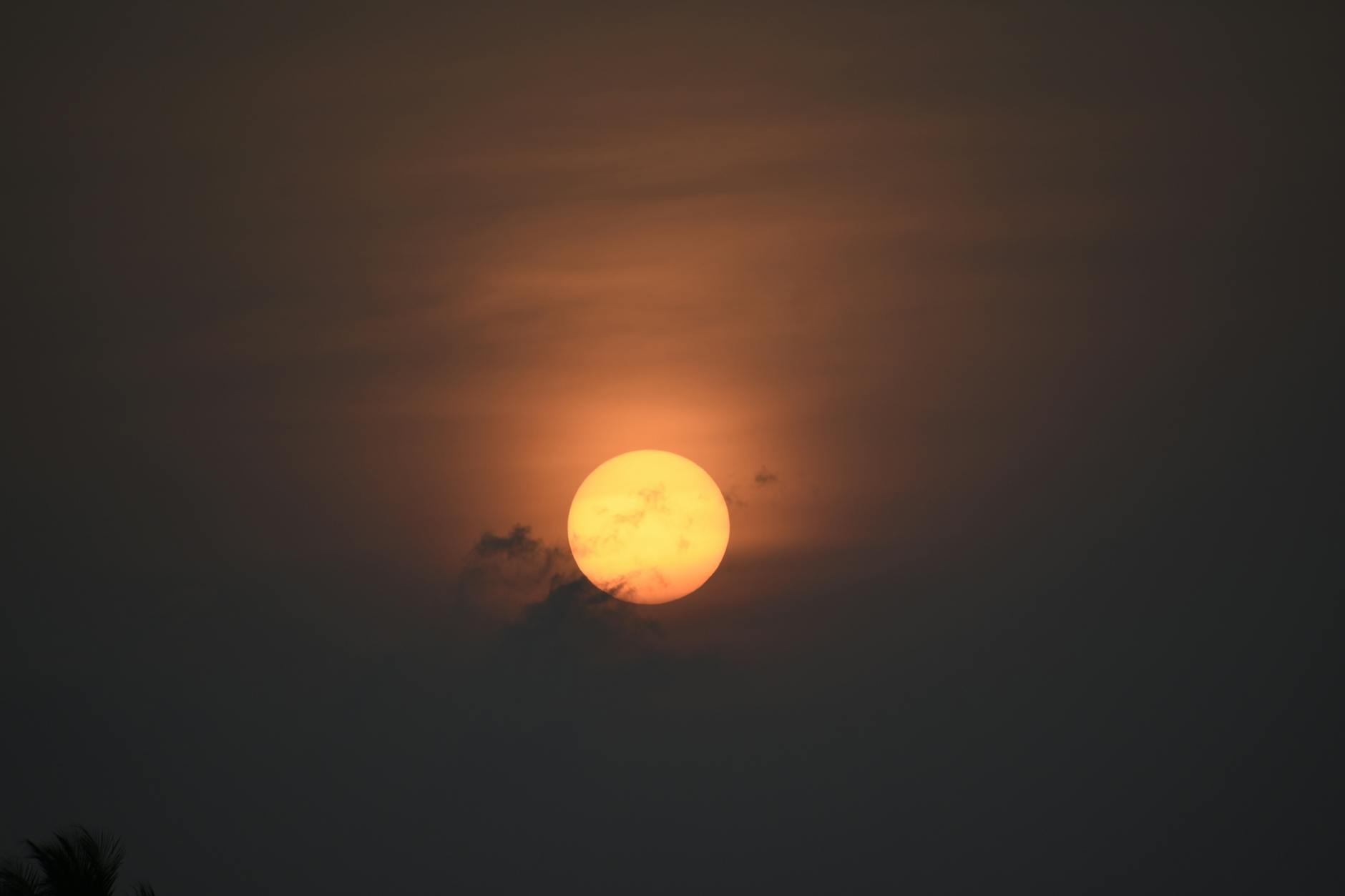 Photo by Irshad RH
Photo by Irshad RH
The People of Lakshadweep and Their Culture
Lakshadweep is home to a vibrant and diverse population with a rich cultural heritage. The people of this archipelago take pride in their unique traditions and customs, which have been passed down through generations.
Population and Languages
The population of Lakshadweep primarily comprises the indigenous Muslim community. The locals predominantly speak Malayalam and Jeseri, reflecting the influence of Kerala’s culture and linguistic heritage. Despite being a small community, the people of Lakshadweep share a strong bond and a deep sense of communal harmony.
Traditions and Customs
Lakshadweep’s cultural tapestry is adorned with a colorful array of traditions and customs. The islanders have preserved their traditional folk dances, such as Kolkali and Parichakali, which are integral to their cultural fabric. These art forms encapsulate the essence of community bonding and storytelling, depicting tales of valor and love.
Do Explore these too
- Top 11 Best Dishes in the World
- Rich Dad Poor Dad: 10 Insights for Financial Wisdom
- Goodwill Vase Auction: $3.99 Treasure
- The Top 10 Badminton Rackets to Buy in 2024
Traveling to Lakshadweep: A How-To Guide
Lakshadweep, a tropical paradise in the Arabian Sea, offers a tranquil escape for travelers seeking pristine beaches and vibrant marine life. Before embarking on this adventure, it’s essential to understand the entry requirements, permits, and available modes of transport to ensure a seamless journey.
Entry Requirements and Permits
Travelers to Lakshadweep must obtain a permit from the Lakshadweep Administration to visit the islands. The permit can be obtained through an authorized travel agent or directly from the Lakshadweep Tourism office. Additionally, a tourist permit is required for non-residents, while Indian nationals need to obtain a similar entry permit. These permits are necessary to maintain the ecological balance and protect the indigenous culture of the islands.
Modes of Transport
The primary mode of reaching Lakshadweep is by sea or air. Agatti Airport is the gateway to the archipelago, offering regular flights from Kochi, Kerala. For those preferring a sea voyage, passenger ships operate between Kochi and the major islands of Lakshadweep. Once within the islands, ferries and boats serve as the main modes of transport, providing access to the various atolls and islets, allowing visitors to explore the diverse natural beauty of the region.
Activities and Attractions: What to Do in Lakshadweep
Lakshadweep offers a plethora of activities and attractions that cater to every traveler’s preferences. Whether you are an adventure enthusiast or a culinary connoisseur, the islands have something special for everyone.
Water Sports and Adventure Tourism
Diving into the crystal-clear waters of Lakshadweep is an experience unlike any other. The archipelago is renowned for its thrilling water sports, including snorkeling, scuba diving, kayaking, and parasailing. Imagine encountering vibrant coral reefs, diverse marine life, and surreal underwater landscapes. With expert guidance and top-notch equipment available, indulging in these water adventures is both safe and exhilarating.
Enhance your trip with a visit to the uninhabited islands of Suheli Par, Kalpitty, and Pitti, where you can partake in adrenaline-pumping activities like deep-sea fishing and island camping. The untouched natural beauty and serene ambiance of these locales make for an unforgettable escapade.
Discovering Local Cuisine and Handicrafts
Immerse yourself in the local culture and traditions by savoring the authentic flavors of Lakshadweep. The cuisine mainly revolves around seafood, coconut, and rice, creating a delightful fusion of aromatic spices and fresh ingredients. Sample traditional delicacies such as Tuna Thoran, Crab Rasam, and Kallummakkaya (mussels) curry, each dish offering a unique blend of spices and culinary expertise.
Furthermore, explore the vibrant markets and quaint handicraft stores to witness the skilled craftsmanship of the locals. Admire and acquire exquisite coconut shell artifacts, intricately woven mats, and ornate jewelry, all crafted with meticulous attention to detail and a reflection of the island’s rich heritage.
The Importance of Conservation in Lakshadweep
Lakshadweep, an archipelago off the southwestern coast of India, is home to diverse marine life and vibrant coral reefs. Conservation efforts are of paramount importance to protect these valuable ecosystems and ensure sustainable development for the future.
Protecting Coral Reefs and Marine Life
Coral reefs in Lakshadweep are vital for maintaining the marine ecosystem’s balance and supporting biodiversity. These delicate structures provide a habitat for numerous marine species and serve as a source of livelihood for local communities. However, factors such as climate change, pollution, and overfishing pose significant threats to the health of coral reefs and marine life in the region.
Conservation initiatives focus on implementing measures to safeguard coral reefs, including the establishment of marine protected areas, regulating fishing practices, and monitoring water quality. Collaborative efforts involving local communities, environmental organizations, and governmental bodies are essential to ensure the long-term viability of Lakshadweep’s coral reefs and the preservation of its marine biodiversity.
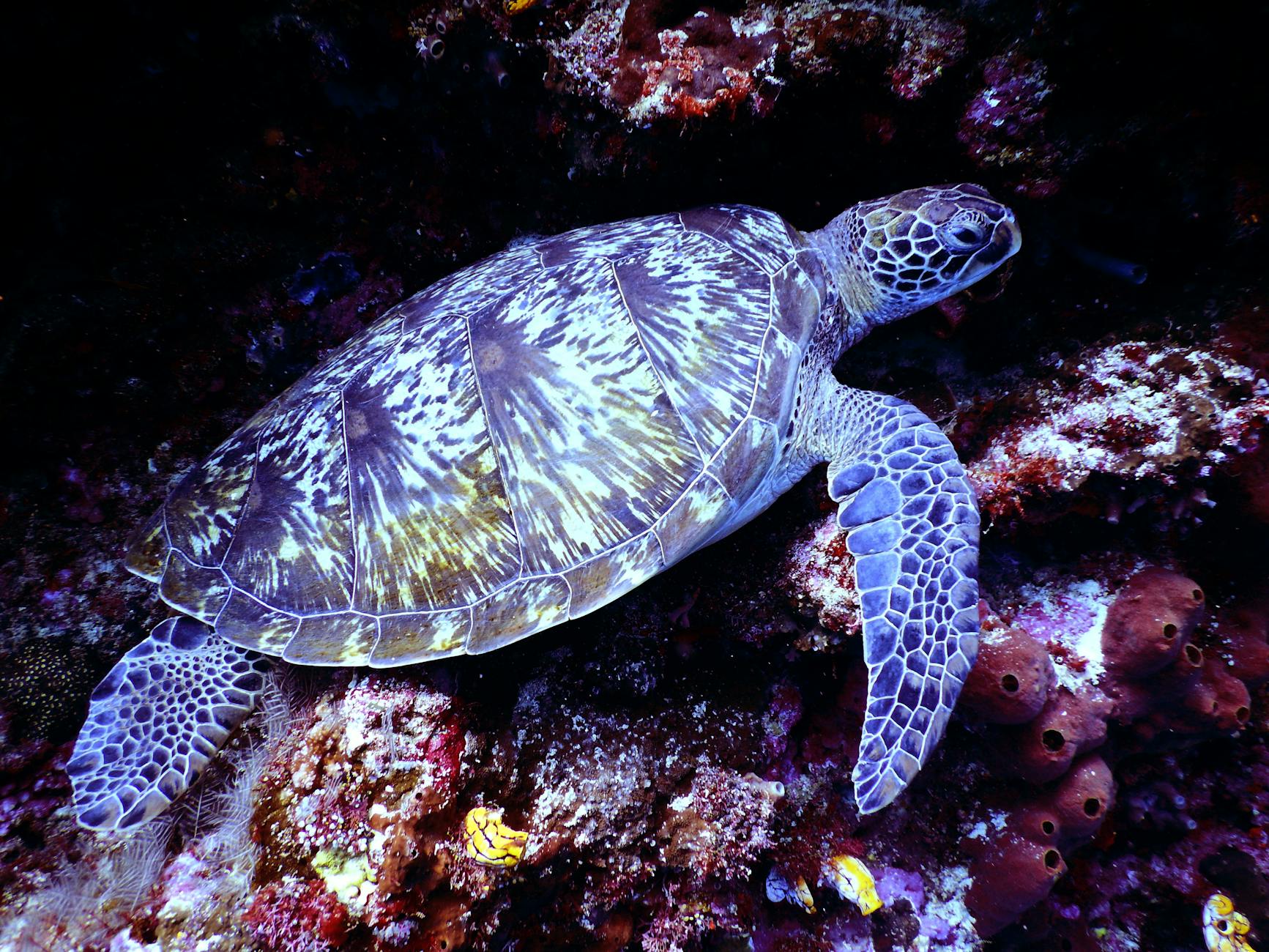 Photo by Tom Fisk
Photo by Tom Fisk
Sustainable Tourism
Sustainable tourism practices play a pivotal role in the conservation of Lakshadweep’s natural resources. Balancing the influx of tourists with environmental preservation is imperative to minimize the ecological impact of tourism activities. Emphasizing responsible tourism guidelines, such as promoting low-impact recreational activities, educating visitors about marine conservation, and supporting eco-friendly accommodations, is crucial for the sustainable development of tourism in Lakshadweep.
By integrating conservation principles into tourism management, the delicate marine ecosystems of Lakshadweep can thrive while offering visitors a unique and environmentally conscious travel experience. Sustainable tourism not only contributes to the protection of natural resources but also fosters the economic well-being of local communities, creating a harmonious synergy between environmental conservation and tourism development.
The Future of Lakshadweep: Development and Challenges
Lakshadweep, India’s smallest union territory, faces a critical juncture with proposed large-scale tourism and infrastructure development. This presents a complex landscape with the need for growth while maintaining environmental sustainability, along with the critical role of various stakeholders in steering the region’s future.
Balancing Growth with Environmental Concerns
The islands of Lakshadweep already grapple with the impacts of climate change, including rapid erosion, turbulent seas, and rising ocean temperatures. The proposed large-scale tourism and infrastructure development could further intensify these challenges, posing significant threats to the fragile ecosystem. The delicate balance between fostering economic growth and safeguarding the unique environmental attributes of the islands remains a pressing concern.
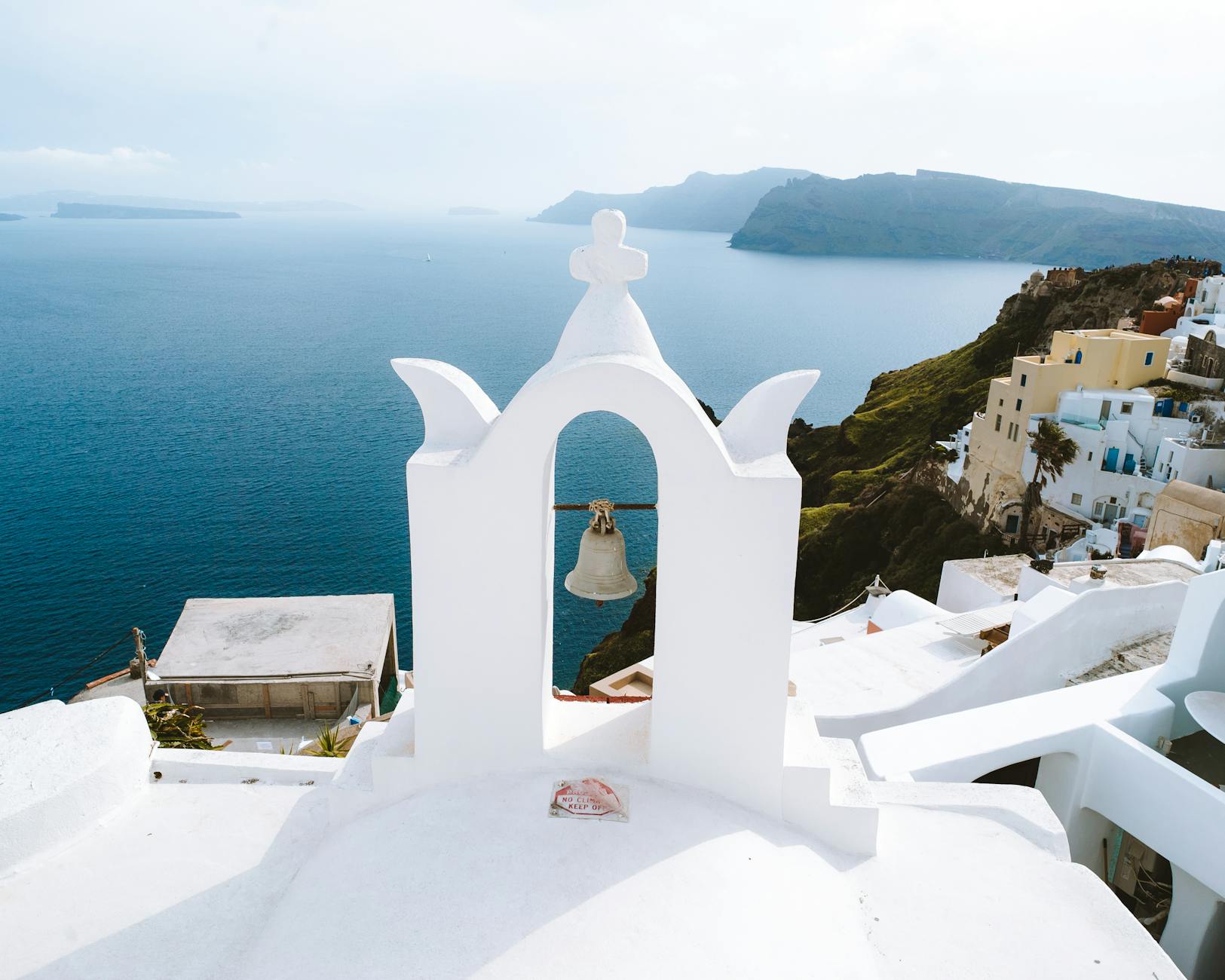 Photo by Valdemaras D.
Photo by Valdemaras D.
The Role of the Government and Local Communities
As the custodian of Lakshadweep’s development, the government plays a pivotal role in charting a sustainable course. Striking a balance between economic progress and environmental preservation necessitates informed policymaking, stringent regulatory measures, and proactive conservation efforts. Simultaneously, the active participation and empowerment of local communities are essential in ensuring that developmental initiatives align with the long-term welfare of the islands and their inhabitants.
Conclusion
In conclusion, Lakshadweep is a captivating union territory of India, encompassing a group of picturesque islands in the Arabian Sea. With its coral atolls, sandy soils, and tropical climate, this region offers a unique and diverse ecosystem. The abundance of coconut palms, marine life, and water birds further adds to the allure of Lakshadweep. Whether it’s the pristine beaches or the rich biodiversity, this remote territory is a true gem waiting to be explored.
